
|
 |
Spa Business Handbook - Expert Predictions

Thought Leaders

|
|
| Expert Predictions
|

What are the opportunities for growth, and challenges for development, in global spa and wellness industry?
|
|
|
 |

Jean-Claude Baumgarten
Travel and tourism expert
 |
|
Last year, the number of people travelling internationally passed the one billion mark according to the World Travel & Tourism Council and this figure is expected to grow 4 per cent in 2014. This presents big opportunities to the spa industry because it’s closely linked to tourism.
Financing for spas is a big issue. To continue growing, the industry will need to attract institutional investment organisations. If this happens, it will have a profound impact.
In travel and tourism, there’s been a clear shift towards niche packages with consumers demanding an experience – adventure, cultural, gastronomic etc – rather than just a trip. Like the tourism industry, spas will need to adjust to this change. And, obviously, there’s a growing awareness of the importance of wellbeing not only from ageing consumers, but also from governments and employers, which is the most exciting trend for the spa industry.
Areas ripe for spa development are emerging markets like India and especially China, and South American countries like Brazil and Chile. Obstacles for growth will be cultural and structural. Local operators need know how, while international companies need local joint venture partners. Independent operators will struggle to set up partnerships, but established hospitality groups will find an easy fix.
|
|
 |

Anna Bjurstam
Vice-president of spa,
Six Senses; and owner, Raison d’Etre
 |
|
The biggest challenge the spa industry will face in the next year is something it’s always struggled with – selling what the consumer wants to buy. If I created the type of spa I want to go to, there would be very few customers because I’m a bit too ‘far out’ for the normal spa guest.
Wellness tourism is a typical example of how operators are getting it wrong. This sector has a market value of US$439bn (€320bn, £261bn) according to the 2013 Global Wellness Tourism Economy report (see p96). Hotel spa operators the world over are grabbing onto this trend and introducing in-depth, serious wellness programmes – covering everything from biometric scanning and nutritional analysis to detox, yoga and advanced beauty – but they’re not popular. That’s because this type of offer is only going to appeal to the primary wellness traveller. These are people who take holidays specifically for wellbeing purposes but, according to the report, only 15 per cent of wellness travellers into this category. Hotel spas are more likely to attract secondary wellness travellers, people who simply want to keep healthy while travelling and who make up a much larger 85 per cent of the market. Secondary wellness travellers want a simpler spa experience – relaxation, indigenous experiences and results – but they also want so much more outside of the spa too. They want to sleep well, eat nutritious food and stay in healthy environments with clean air, water and nice scents – all of which has given rise to the health hotel and wellness room trend which is only just beginning.
Healthy lighting is a huge area for the spa industry to tap into. Scientists are finding out more about how lighting can help or hinder our circadian (internal body clock) rhythms. In 10 years, healthy lighting will be available in any spa or hotel – trust me!
I’m most excited about brain health as a trend. Studies show that if we think we’re beautiful, regardless of how we look physically, we feel beautiful. Nothing in health changes unless the brain is motivated to make that change. And there’s an enormous amount of research into how to train the brain – from meditation and visualisation to positive affirmation by staff – which can be applied in spas and this is something which is just starting.
As for future spa development, China and surrounding countries such as Taiwan will remain key growth markets, as will India and Russia. Africa is just beginning. In any new market, however, the key is understanding the underlying culture that influences business. India is such a complex country and signing the contract is not a time to think everything is sorted – it’s only the very beginning of negotiations. In Russia, owners want to be the ones making the decisions: they hate being told what to do, so the best strategy is to present several options for them to chose from. In summary, you need to respect the culture and not go in with a ‘know it all’ attitude.
"Healthy lighting is a huge area for the spa industry to tap into. Scientists are finding out more about how lighting can help or hinder our circadian rhythms"
| |
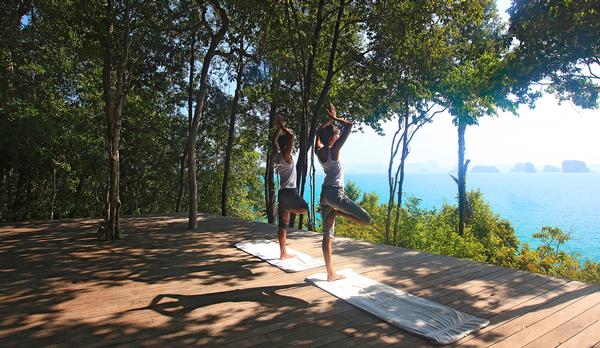

|

Wellness tourism is a key trend, but there’s not yet a big enough market for complex wellbeing packages |
|
|
 |

Ingo Schweder
Owner
GOCO Hospitality
 |
|
There’s a great opportunity for the spa industry to explore membership and retention programmes to convert customers into loyal, repeat guests and to also tap into unexplored revenue steams. Spas would do well to consider developing this business model and to think about variable price points such as peak, off-peak and family membership offers.
Monitoring and managing use at those peak times will play a key role in revenue management. We’ll see facilities limiting the availability of low profit services during periods high-demand for example.
The biggest opportunity for overall growth, however, lies in integrated wellness communities. These will only increase in demand as more consumers look not only participate in wellness activities (such as those offered by the spa industry) but also look to assume greater overall wellness lifestyles. As the global economic environment gradually regains strength, individuals with greater disposable incomes will have an opportunity to make investments in their health and wellness over the long-term.
There’s a willingness to buy high-quality products and treatments delivered by well-informed, well-trained, service-conscious practitioners. At the same time, however, consumers are price conscious and will expect results and full-value for their money. Additionally, advancements in medical approaches to wellness continue to gain popularity. I’m curious to see how the medi-spa industry will continue to develop.
Both China and India will continue to be the hot spots for development given the sheer size of their emerging middle classes and fast growing economies.
In China, people have historically demonstrated an interest in holistic treatments and bathing experiences. Its wellness industry is dominated by domestic travel which makes up 90 per cent of tourism. Additionally, China’s younger wealthy populations are more curious about, and open to pursuing, new spa experiences.
India’s broadened consumerism, and the Bollywood influence on image and status, presents huge opportunities for spa investors, owners and operators. There’s been much development in recent years, but there’s still a chance to bring even more innovation into the local market by expanding definitions of health, relaxation and luxury beyond the traditional notions of ayurveda and yoga.
| |


|
| PHOTO © shutterstock/Syda Productions |

Membership and loyalty programmes will encourage repeat customers and give spas a new source of revenue |
|
|
 |

Tomonori Maruyama
Chief researcher/manage
Mitsui Knowledge Industry
 |
|
I’m most excited about the resurgent interest in hot springs. Last year the Global Spa & Wellness Summit (GSWS) dedicated a forum to it and now representatives of hot spring facilities are joining forces to help drive the sector forward (see p80). Hot springs communities and devotees are rapidly growing – the forum estimates that the industry has grown from US$45.6bn (€36.8bn, £30bn) in 2010 to US$50.4bn (€33.3bn, £27.1bn) in 2011 – but to sustain their interest, the facilities must create some fresh approaches to the cultural experiences.
The thermal bathing culture in Japan is centuries old – we have 3,100 natural hot springs across the country – but one of the most interesting new developments is Senkyaku Banrai, a shopping and entertainment complex close to the 2020 Olympic stadium in Tokyo, that includes a seven-storey thermal bathing and accommodation tower (see p48). The Olympics is going to have a big impact on the spa industry in Japan and this new project is being built next to the new site for the famous Tsukiji fish market, with 140 sushi-related shops and restaurants for tourists and residents. It’s due to be completed within the next two years and is expected to attract up to 4 million visitors annually. Elsewhere in Japan, some traditional Zen temples are providing their ascetic training (traditional spiritual exercise practice) for beginners. I think this could grow rapidly, as consumers increasingly seek solace from the stresses of every day life and as destination spas move away from pampering and further embrace exercise.
Globally, one of the biggest opportunities for growth in the spa industry is making use of ‘big data’. Firstly, this includes analysing guest’s personal data, such as physical biomarkers – which is only set to increase thanks to advances in wearable tech – to personalise spa services and marketing campaigns. To do this, spas will need to encourage customers to first share this private data by highlighting the provable benefits of treatments. Secondly, it involves operators tapping into weather forecasts, market/consumer trends and other factors that impact customer behaviour.
I also think there’s a gap in the global spa market for a worldwide loyalty scheme – something like the Star Alliance frequent flyer programme. Members could earn and spend privilege points at affiliated spas and could be reward for early bookings by receiving a complimentary product or mini treatment.
"I think there’s a gap in the global spa market for a worldwide loyalty scheme – something like the Star Alliance frequent flyer programme"
| |
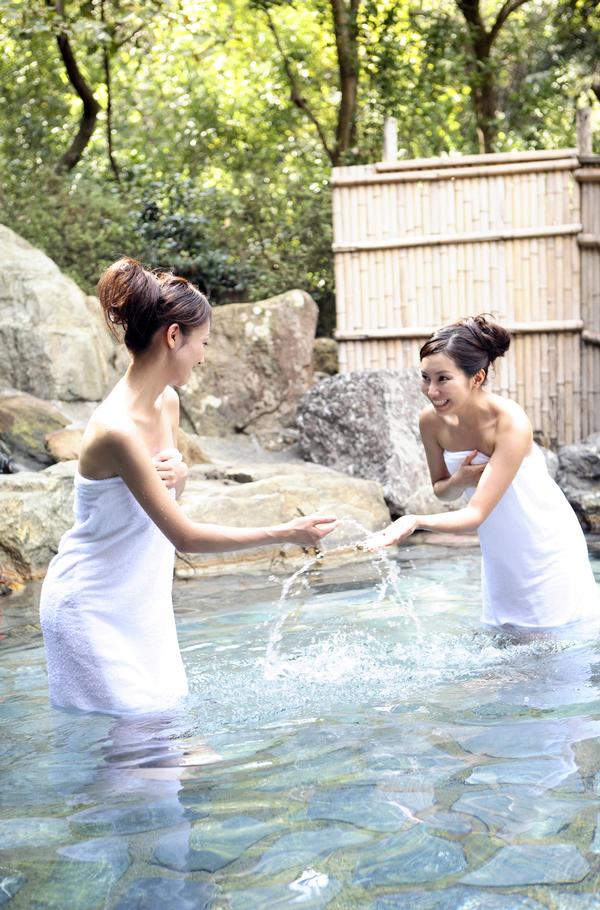

|
| PHOTO © shutterstock/KPG_Payless |

Hot spring spas in Japan need to refresh their offering to entice more clients |
|
|
 |

Elena Bogacheva
Founder and president
Spa and Wellness International Council (Russia)
 |
|
New national regulations in Russia mean spas no longer need to obtain a medical licence to operate and no longer need to abide by healthcare regulation systems. This is going to have a very positive impact on the growth of spa businesses in our country, as there will be fewer restrictions for opening facilities and in running existing operations. In short, it will help speed up development. It’s also having a knock-on effect in neighbouring countries such as Belarus, which has more than 600 rehabilitation institutes and is now also looking to introduce similar standards that aren’t so restrictive.
In the next 12 months, and beyond, you’ll see an increase in the refurbishment of traditional health resorts in the south of Russia which have been around since the 19th century. These sanatoriums, often based around natural resources, such as mineral water and mud, offer scientifically proven healing methods and have skilled medical staff. As they merge with the hospitality sector, they’ll be transformed into medical spa hotels – a new type of business in Russia and one which is already thriving in Latvia.
This will give rise to wellness hubs across the country. The old resort town of Kislovodsk, located around natural mineral springs, is very close to becoming the ‘Russian Carlsbad’. Meanwhile the city of Sochi, with its therapeutic muds now has the infrastructure following the 2014 Winter Olympics to become a centre for international wellness tourism.
A concern with a large number of openings, however, is that demand for spas will be comparatively low due to high prices. We’re already seeing this Moscow where the new city hotels are mainly occupied by business people who rarely have treatments. To deal with this problem, spas will need to work on yield management strategies and adapt the offers to meet the demands of locals who are the key clientele. There are other potential new audiences they could attract too – namely younger generations. A significant portion of demand for spa services is expected to come from new university graduates who are now earning competitive salaries which will allow them to visit spas frequently.
As a mother of three and a psychologist, I’m also particularly excited about kids spas. I realise there’s a lot of research needed in this area – kids have specific sensory, product and equipment needs and therapists will require special training – but tapping into this audience early on will influence their choices later in life.
" Medical hotel spas are a new type of business in Russia and one which is already
thriving in Latvia... This will give rise to wellness hubs across the country "
| |
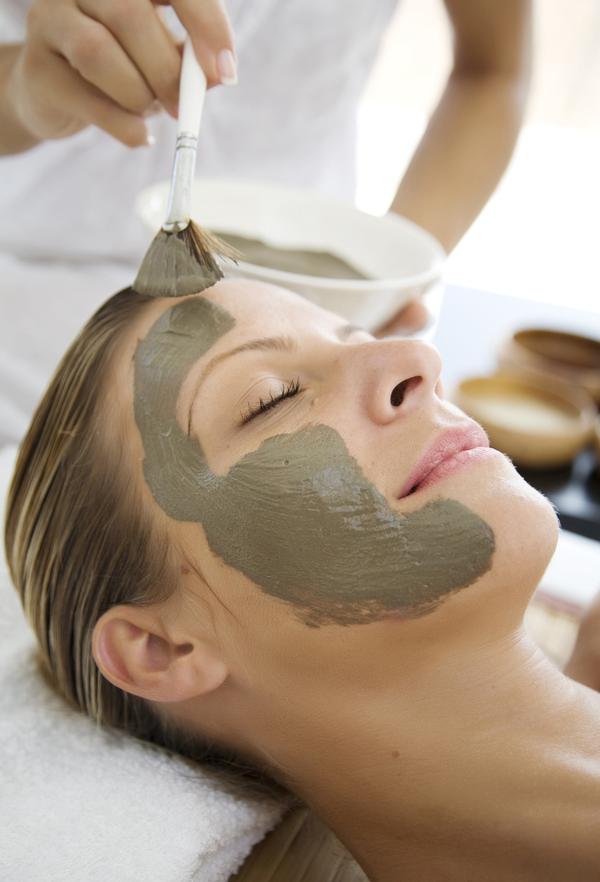

|
| PHOTO © shutterstock/Liv friis-larsen |

Natural resources underpin wellness tourism in Russia |
|
|
 |

Neil Hewerdine
Vice president spa services
Kerzner International – Atlantis The Palm, Dubai
 |
|
There’s an overall movement towards wellbeing and wellness in the spa industry. The notion that ‘health is wealth’ is now extremely prominent and this is coupled with the massive predicted growth of global wellness tourism.
Facilities can capitalise on the above by integrating the gym and spa experience to create a new wellness offering. Massage is the core of a spa business, so packaging it with fitness will focus attention on it once more and will have a strong impact on the bottom line. Meanwhile, a wellness membership will not only boost the revenue, but will also encourage a crossover in customers.
However, the key to mixing spa and fitness will be to keep it simple. Clients want a back to basics approach that will provide results without them having to think too much. Programmes could include a personal training session, followed by a stretch and relaxing massage – something which has no frills or fuss but which promotes an overall feeling of wellbeing.
Specifically, we think there will also be a renewed interest in slimming and toning – which will combine personal training sessions with sculpting body treatments and a facial, along with a plastic surgery consultation and teeth whitening. This two-pronged approach will help people to reach their goals and provide a feeling of motivation – they’ll not only feel good on the inside, but will also look good.
| |
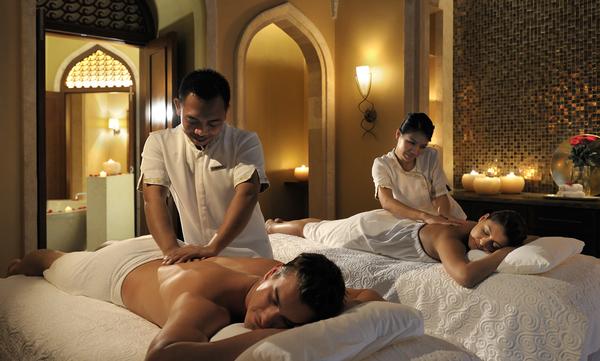

|

Packaging treatments with fitness will boost the bottom line in the wake of wellness tourism says Hewerdine |
|
|
 |

Bill Bensley
Owner
Bensley Design Studios
 |
|
My company has designed more than 180 resorts (all of which have spas) in 30 countries but right now, for us, it’s all about China. The fact that there are two billion affluent Chinese people who are going to travel [both domestically and beyond] and see everything new the hotel industry has to offer is exciting. And as more people around the world begin to travel internationally, I think that there will be an increasing need for spa staff to speak many languages.
Half of our work is happening in China – we’re designing hotels and spas for Ritz-Carlton in Lijiang and Hainan, and for Capella in Guangzhou and the Himalayas, to name a few. Most of my projects have very healthy budgets and each of these resorts will have a spa more fabulous than the next.
The challenge for spa design in the future, however, will be avoiding repetition – long gone are the days of scented candles and floating flowers and spas as we know them will fade away. Everyday, when I’m at home in Bangkok, I have a two-hour massage and use that time to think. I’m having a massage as I write this and I’m thinking that spas need to be designed more like home – with lots of collections of books, art and sculptures. The key with spa design will be to keep raising the bar and to create newer, more diverse experiences.
| |
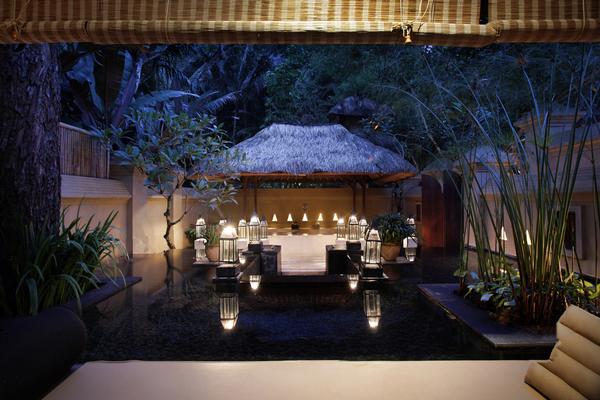

|

Bensley has designed some of the world’s best known spas and half of the new projects he’s currently working on are located in China |
|
|
 |
| Originally published in Spa Business Handbook 2014 edition
|
|
 |
|
